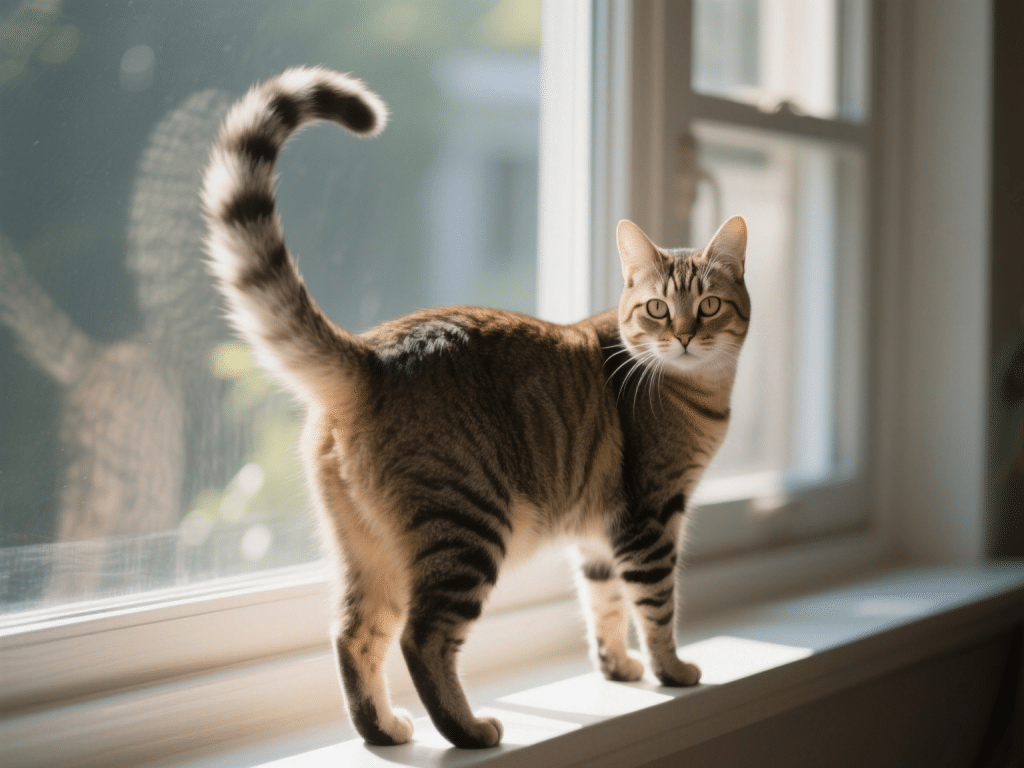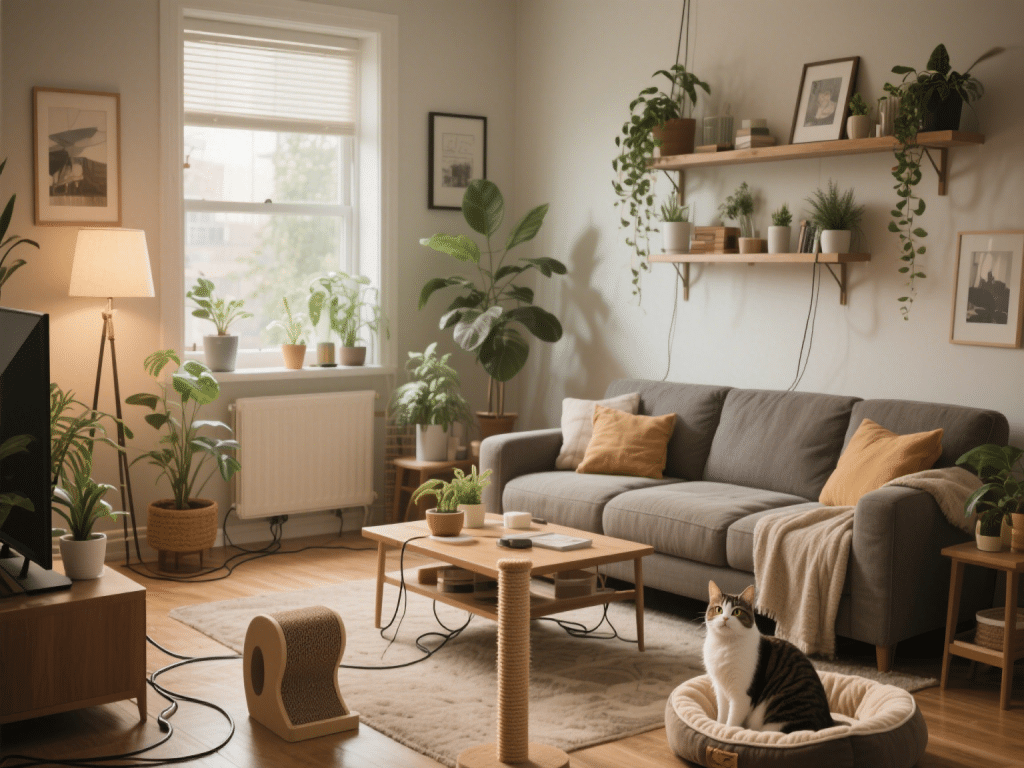Cat-Proofing Your Garden: Protecting Your Plants and Pets
Introduction
Gardens can be a delightful outdoor extension of the home, but unprotected gardens may pose risks to curious cats—both indoor and outdoor. Cat-proofing your garden safeguards your plants from digging, prevents ingestion of toxic flora, and reduces stress or injury to your feline companions.
1. Assess Garden Hazards
Toxic Plants: Lilies, azaleas, tulips, and oleander are highly toxic to cats. Compile a list of harmful plants and remove them or relocate them to a secure greenhouse.
Chemical Exposure: Pesticides, herbicides, and fertilizers can be poisonous if ingested. Opt for pet-safe, organic alternatives or apply chemicals when cats are indoors.
2. Physical Barriers
Low Fencing or Netting: Install 1–2-foot tall chicken wire or plastic mesh around sensitive flower beds. Cats dislike walking on rough textures—adding a layer of decorative gravel or pine cones can deter digging.
Motion-Activated Sprinklers: These devices spray a short burst of water when motion is detected. Most cats quickly learn to avoid the area without suffering harm.
Garden Edging: Raised beds with smooth stone or brick edges discourage jumping and reduce trampling on plants.
3. Cat-Friendly Zones
Designated Digging Boxes: Create a sandbox filled with soft, clean soil or mulch away from your main planting areas. Cats love to dig—providing an approved spot reduces damage elsewhere.
Vertical Enrichment: Install cat shelves or secure tree branches to offer vertical perches. Cats enjoy surveying their territory from a height, reducing their incentive to roam in planting zones.
Outdoor Enclosures (“Catios”): If space and budget permit, build a screened outdoor enclosure. This controlled environment guarantees safety while allowing fresh-air stimulation.
4. Sensory Deterrents
Scent-Based Repellents: Citrus peels, coffee grounds, or commercial cat-repellent granules around plant bases discourage cats. Reapply regularly, especially after rainfall.
Texture-Deterrents: Crumpled aluminum foil, sticky mats, or rubber mulch can be placed temporarily until cats learn to avoid those areas.
5. Encourage Positive Behavior
Interactive Play: Spend time playing with your cat indoors, using wands or lasers, to reduce boredom-driven exploration in the garden.
Treat Scavenger Hunts: Hide small treats in non-sensitive areas to direct cat attention away from delicate plants.
6. Supervision and Training
Leash Training: Teaching your cat to walk on a harness and leash allows supervised garden visits without unsupervised roaming.
Consistent Corrections: Using a firm “no” and gentle redirection each time your cat approaches forbidden planting zones helps reinforce boundaries.
Conclusion
By combining physical barriers, sensory deterrents, and cat-friendly enrichment, you create a balanced environment where both plants and pets thrive. Regular monitoring and consistent training reinforce safe garden behaviors, ensuring your outdoor sanctuary remains enjoyable for everyone.






Comments on "Cat-Proofing Your Garden: Protecting Your Plants and Pets" :